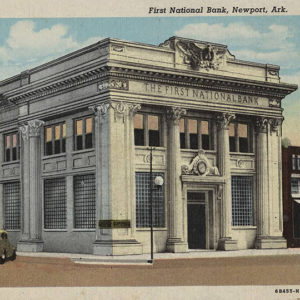 First National Bank
First National Bank
Time Period: Early Twentieth Century (1901 - 1940) - Starting with F
 First National Bank
First National Bank
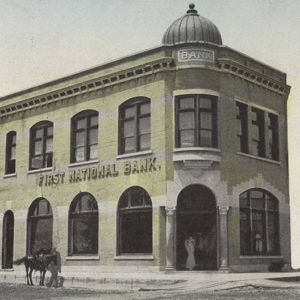 First National Bank
First National Bank
First Presbyterian Church (Fordyce)
 First Presbyterian Church (Fordyce)
First Presbyterian Church (Fordyce)
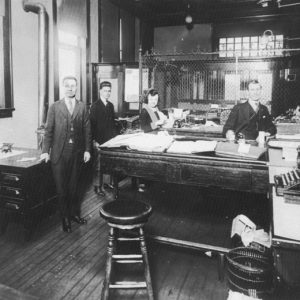 First State Bank
First State Bank
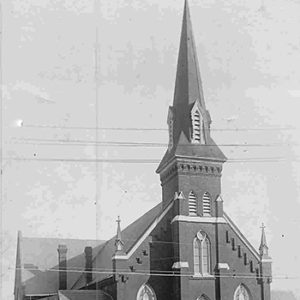 First United Methodist Church
First United Methodist Church
First United Methodist Church (Fordyce)
Fishback School
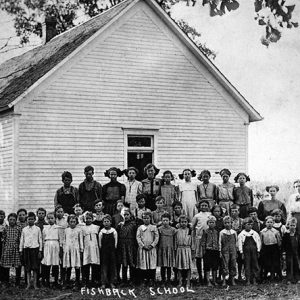 Fishback School
Fishback School
Fisher, Isaac
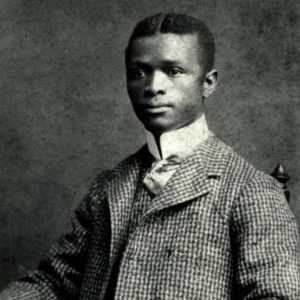 Isaac Fisher
Isaac Fisher
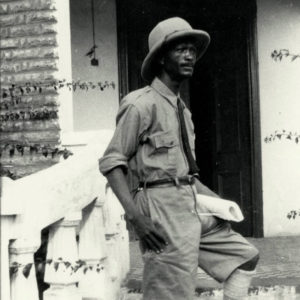 Isaac Fisher in Africa
Isaac Fisher in Africa
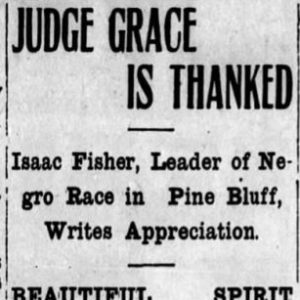 Isaac Fisher Letter
Isaac Fisher Letter
 Fitzgerald Hall
Fitzgerald Hall
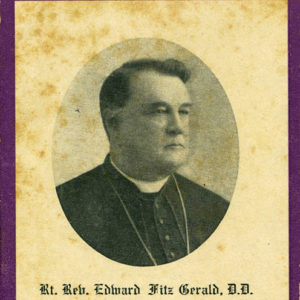 Fitzgerald Mourning Card
Fitzgerald Mourning Card
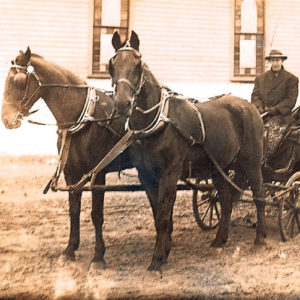 Edward Fitzgerald
Edward Fitzgerald
 Fitzhugh Cotton Gin
Fitzhugh Cotton Gin
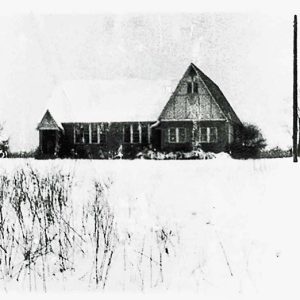 Fitzhugh School
Fitzhugh School
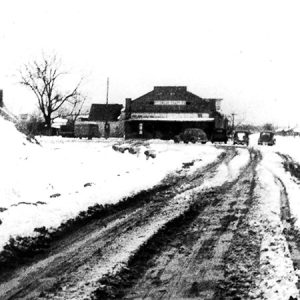 Fitzhugh
Fitzhugh
Fitzhugh Snapp Company
 Flag Modification Resolution
Flag Modification Resolution
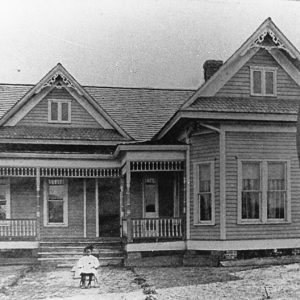 Fleming Home
Fleming Home
Fleming, Sam (Lynching of)
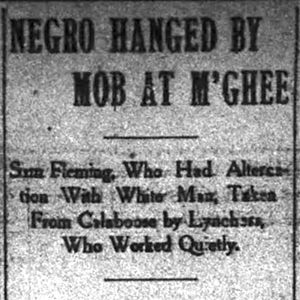 Fleming Lynching Article
Fleming Lynching Article
Flemming, Owen (Lynching of)
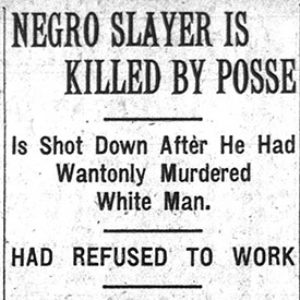 Flemming Lynching Article
Flemming Lynching Article
Fletcher, John Gould
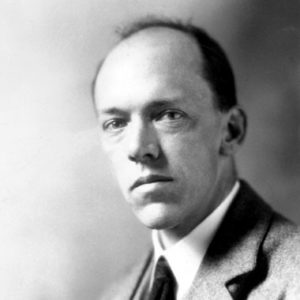 John Gould Fletcher
John Gould Fletcher
Floating CCC Camp at Jacks Bay
Flood of 1927
aka: Great Flood of 1927
aka: Mississippi River Flood of 1927
aka: 1927 Flood
Flood of 1937
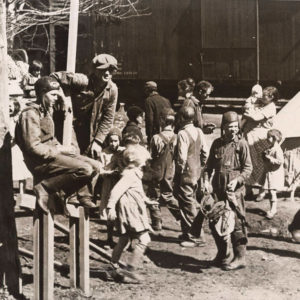 Flood Refugees
Flood Refugees
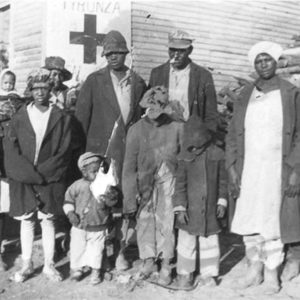 Flood Victims
Flood Victims
 Flood, 1910
Flood, 1910
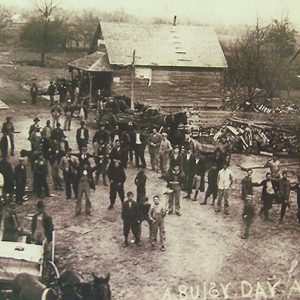 Floral Street Scene
Floral Street Scene
Florence Crittenton Home
 Florence Crittenton Home Story
Florence Crittenton Home Story
Florida Brothers Building
Flowers, Beulah Lee Sampson
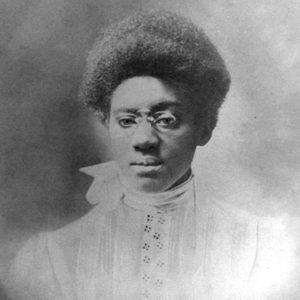 Beulah Flowers
Beulah Flowers
 Floyd Wanted Poster
Floyd Wanted Poster
Floyd, John Charles
Flu Epidemic of 1918
aka: Influenza Epidemic of 1918
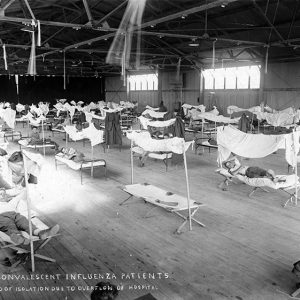 Flu Patients
Flu Patients
 Fones Brothers Building
Fones Brothers Building
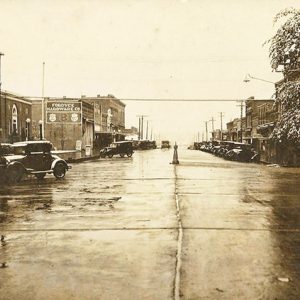 Fordyce Main Street
Fordyce Main Street
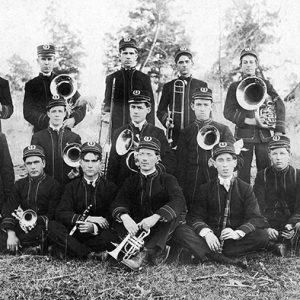 Fordyce Concert Band
Fordyce Concert Band
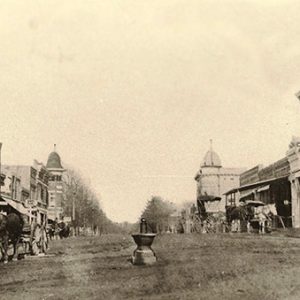 Fordyce Main Street
Fordyce Main Street




